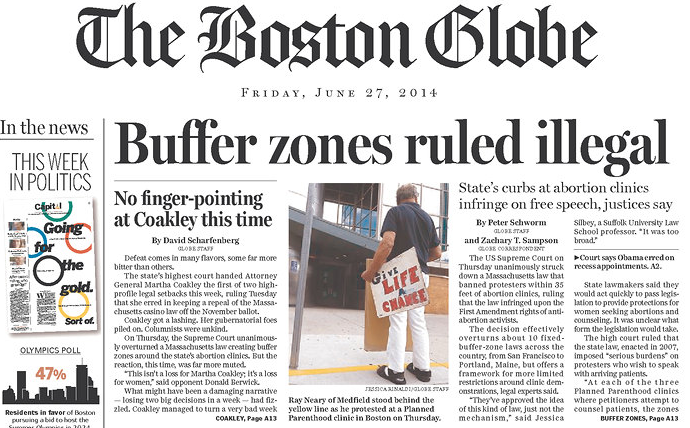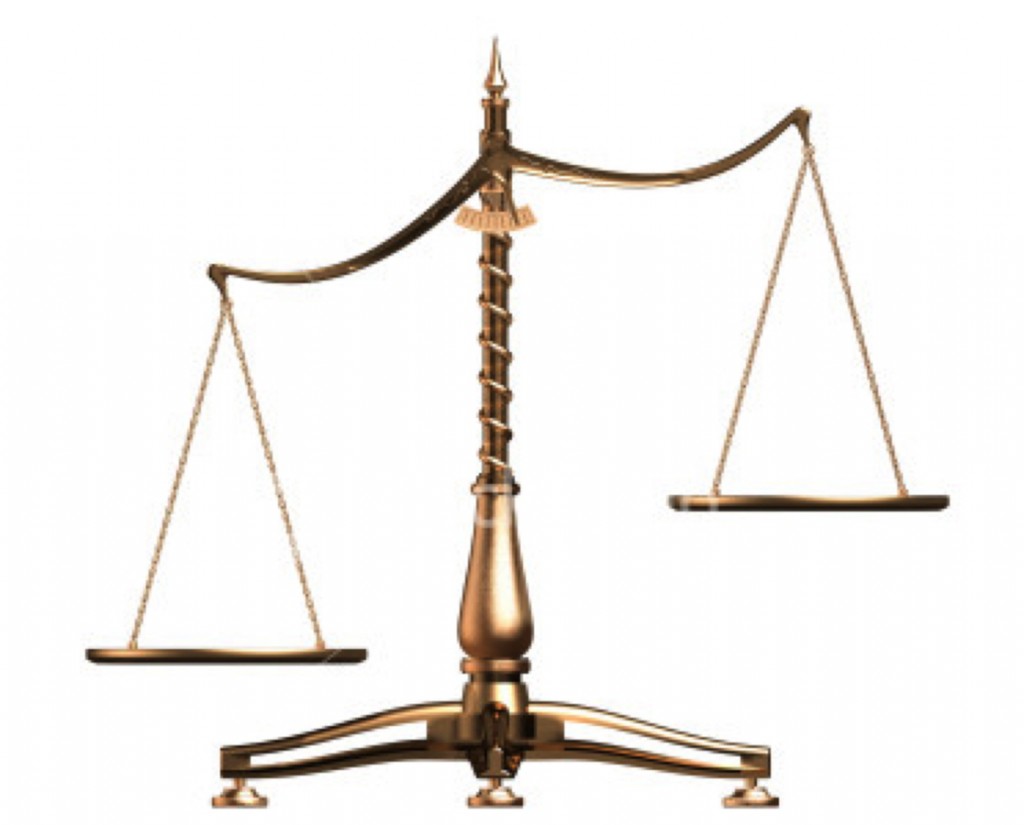A few weeks ago, departing New York Times public editor Arthur Brisbane said something everybody already knows:
When The Times covers a national presidential campaign, I have found that the lead editors and reporters are disciplined about enforcing fairness and balance, and usually succeed in doing so. Across the paper’s many departments, though, so many share a kind of political and cultural progressivism — for lack of a better term — that this worldview virtually bleeds through the fabric of The Times.
As a result, developments like the Occupy movement and gay marriage seem almost to erupt in The Times, overloved and undermanaged, more like causes than news subjects.
What happens when you cover something like a cause rather than a news subject is that the journalism suffers. We saw the eleventy billionth example of that with a puffier than puffy one-sided hagiography of a gay Christian activist named Matthew Vines. Headlined “Turned Away, He Turned to the Bible” with the url “matthew-vines-wont-rest-in-defending-gay-christians.”
It seemed, from the piece that ran in — of all things — the “Fashion & Style” section of the paper that an interesting story could have been written about the man and his advocacy work in favor of changing traditional Christian teaching on homosexuality. But because it read like a press release rather than a news story, we didn’t get the chance to have an interesting story that really engaged the work.
The reader who sent in the piece asked a set of questions that explain the problem with the story so well that I don’t even need to quote anything from the Times report (so GetReligion readers should read that text for themselves):
People who disagree with Mr Vines are ‘belittling’, ‘blistering’ and lumped together with people who call him Satan? Really?
Why is it that Mr. Vines’s arguments which ‘are based in solid religious scholarship’ ‘have been argued before, and rarely to much effect’? Any reason for that?
Why are Vines’s arguments ‘unlikely to change many minds, especially among the leadership in the conservative Christian communities to which they are addressed’ ? Could the author elaborate on that?
Boom. Exactly. In other words, let’s try journalism!
The bottom line: It’s boring to read another cheerleading piece about how awesome all gay activists are and how evil their opponents are. But how about we take this story out of the Fashion & Style section, which suggests that homosexuality is just a lifestyle issue and go ahead and edit the piece to remove some of the silliness and add in some meat from people who don’t agree with every word printed by the New York Times, no matter how many times they’re printed over and over and over again. Wouldn’t that be nice? Just for a change of pace, even?
Meanwhile, we once again need to ask — in the wake of those infamous words from former editor Bill Keller — whether the Times is truly willing to take a balanced, accurate approach to the viewpoints on both sides of this issue. After all, remember his words that night at the Lyndon Baines Johnson Library in Austin? Of his newspaper, he said:
“We are liberal in the sense that we are open-minded, sort of tolerant, urban. Our wedding page includes — and did even before New York had a gay marriage law — included gay unions. So we’re liberal in that sense of the word, I guess. Socially liberal.”
Asked by the moderator if the Times slants its coverage to favor “Democrats and liberals,” the recently retired editor confessed:
“Aside from the liberal values, sort of social values thing that I talked about, no, I don’t think that it does.”
The key words, of course, are “aside” and “from.”
A visual interpretation of the puff piece in question via Shutterstock.














